Vegan Fashion Explained
The destruction the fashion industry abrades into the planet is obvious. As this damage deepens, consumers are adopting an elevated consciousness. And recently, they have been beginning to confront the issues associated with the clothes on their back. Queue the rise of vegan fashion.
In 2022, the dawning realisation of our self-inflicted climate carnage is more pertinent than ever. This, coupled with society’s modern obsession over accountability, has developed the more thoughtful consumer. Vegan fashion isn’t new on the fashion scene. But, it is certainly becoming more popular.
Vegan fashion is fashion that avoids animal material. Vegan fashion champions animal welfare and cruelty-free living. Due to a lack of transparency and traceability in the industry, there is little knowledge as to how the animals used for furs and leathers have been cared for. This world of materials is very unregulated. It is likely many labour abuses also occur in these places. These can include anything from the use of underage workers, to unsafe and unhygienic working conditions. This lack of certainty has encouraged many people to turn to plant-based alternatives. Many of these plant substances are more easily regenerable, and thus more sustainable.
Pros & Cons
The ethical pros of vegan fashion are irrefutable. However, it is important to remember that not all vegan fibres are great for the environment. Vegan fashion does not always equate to sustainable fashion. Growing cotton, for instance, requires great amounts of water. Cotton growers use 700 gallons of water to to produce enough cotton for a T-shirt. Cotton also needs high levels of pesticides to be able to grow. These can contaminate waterways and infect ecosystems. Cotton clothing is vegan, but how sustainable is it?
Plastic based synthetic fabrics are also vegan. But how great are they for the environment? Washing synthetics deposits millions of micro plastics into our waterways. These plastics cause unthinkable harm to the animals and vegetation in the ocean. These materials are vegan yes, but throughout their lifecycle they inflict persistent damage, and likely have a more detrimental cumulative affect on wildlife.
Liv & Grace: The Vegan Collection
The Liv & Grace Collection is an online marketplace for carefully curated vegan fashion. Jasmin, our Fashion Stylist at Pur Style had the pleasure of planning and styling the most recent campaign. The collection hopes to break the stigma of vegan fashion being undesirable or boring. Instead the team wanted to show the stylish pieces that are signature to the aesthetic of Liv & Grace.
Vegan Fashion Campaign Styled by Pur Style
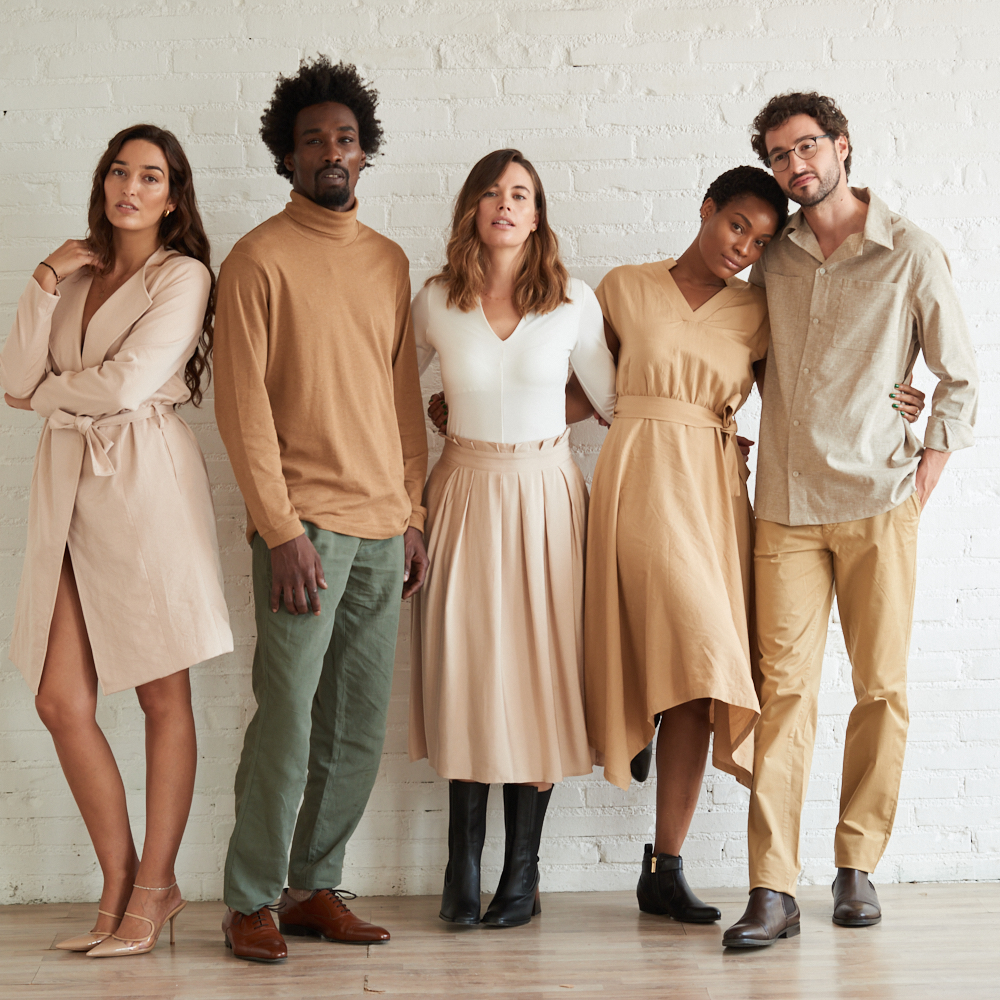
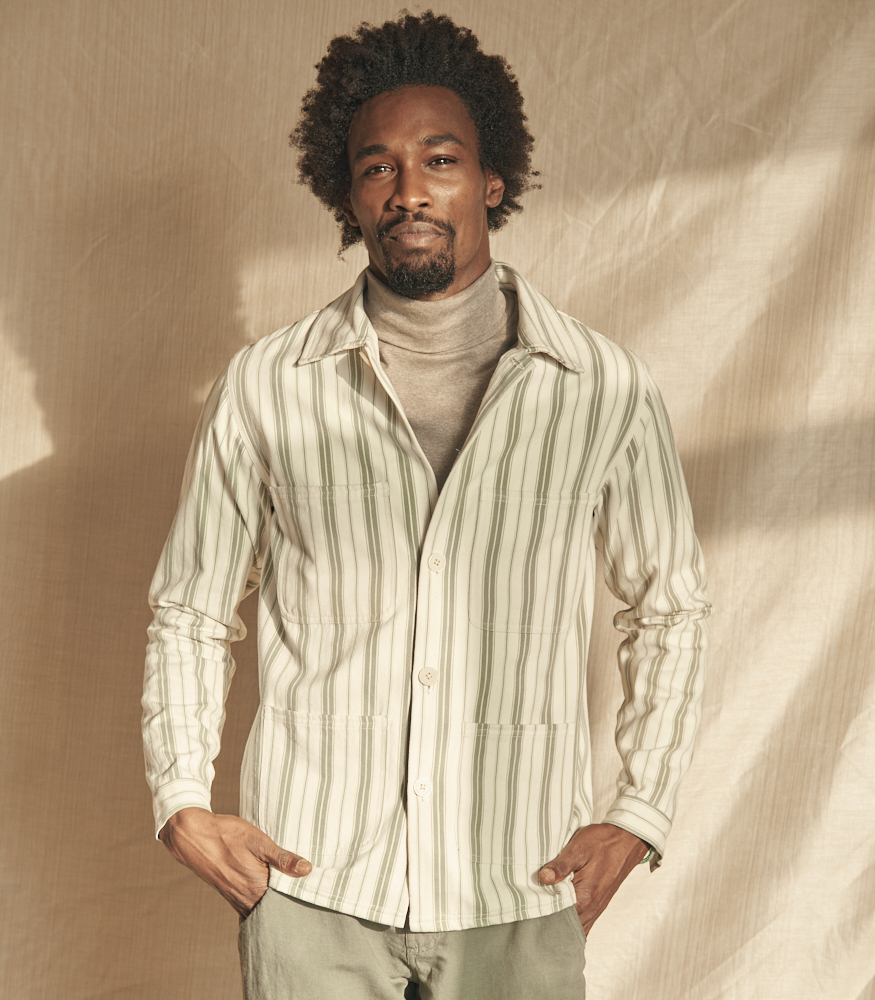
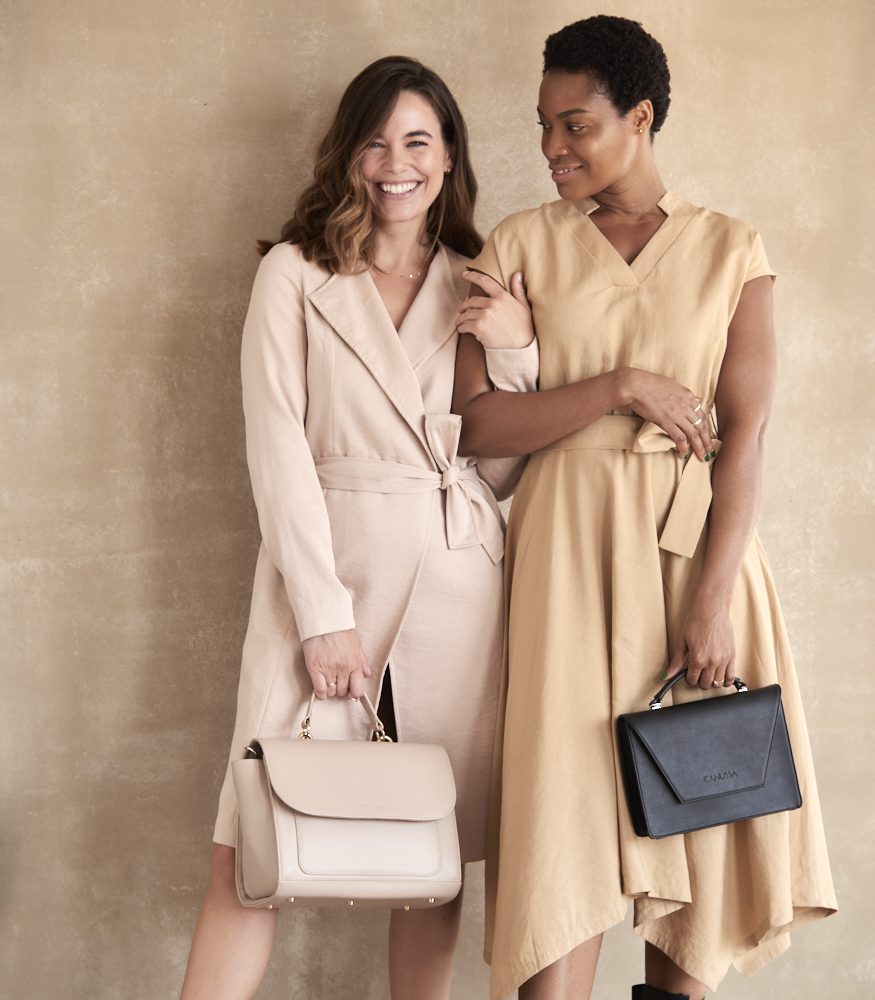
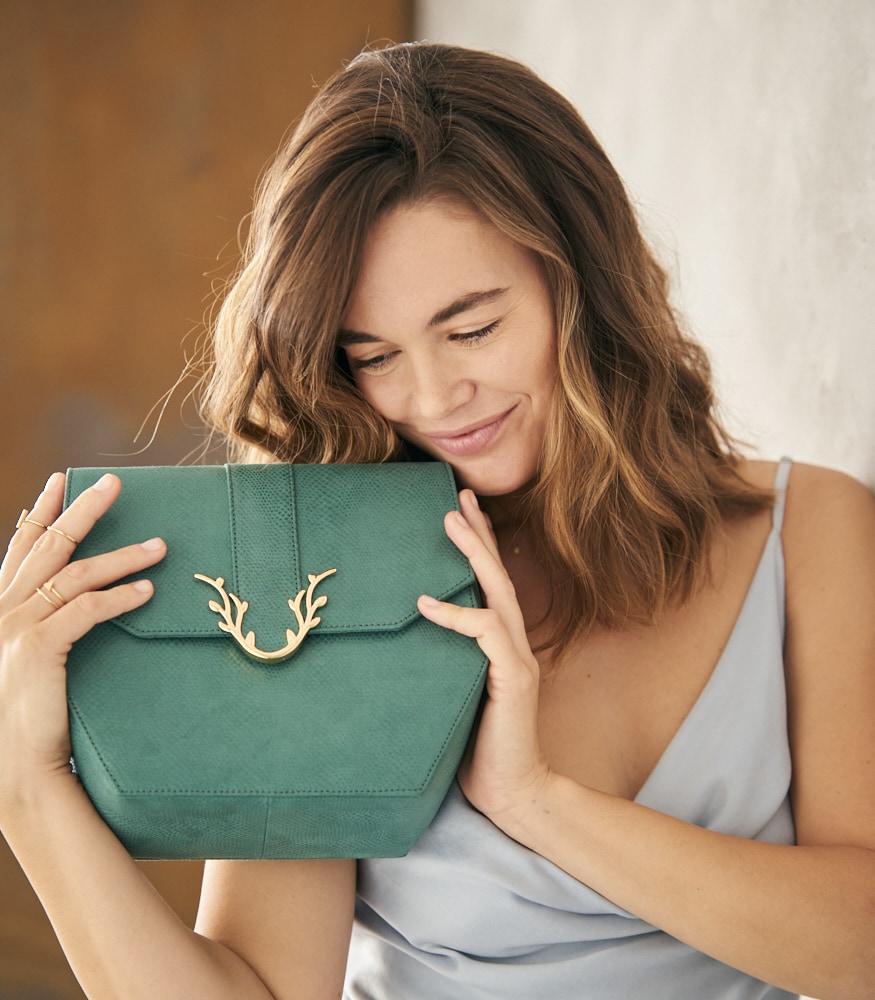
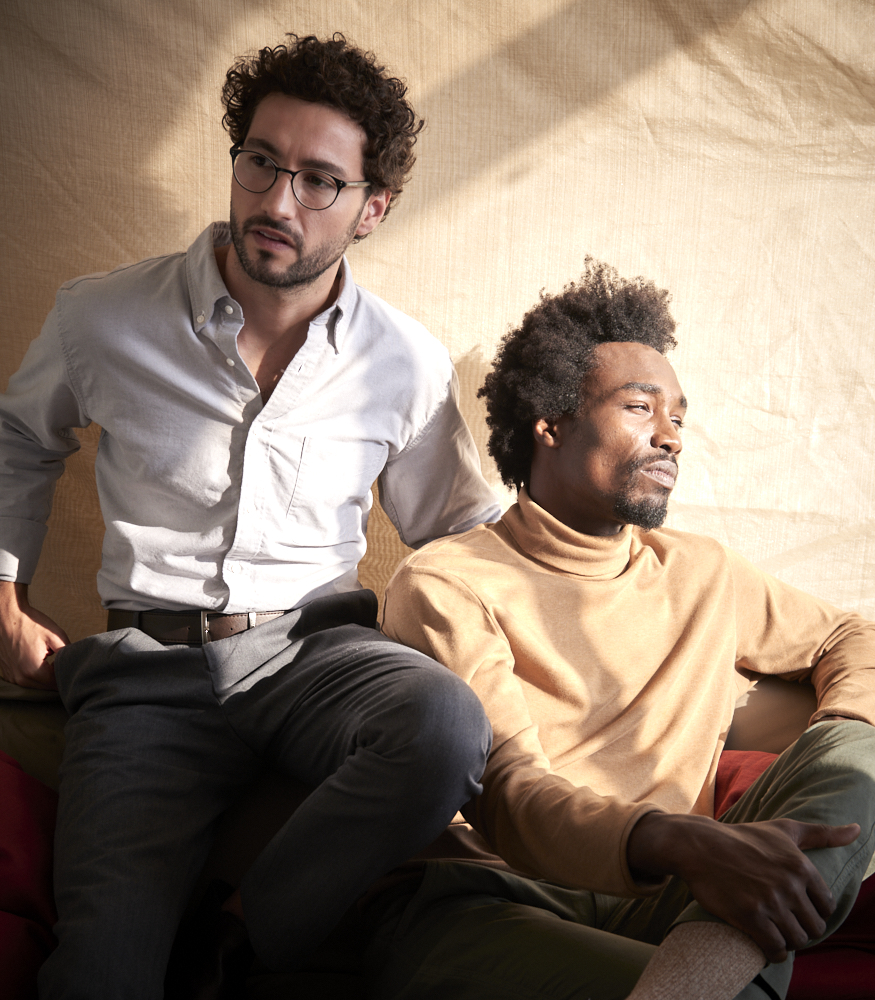
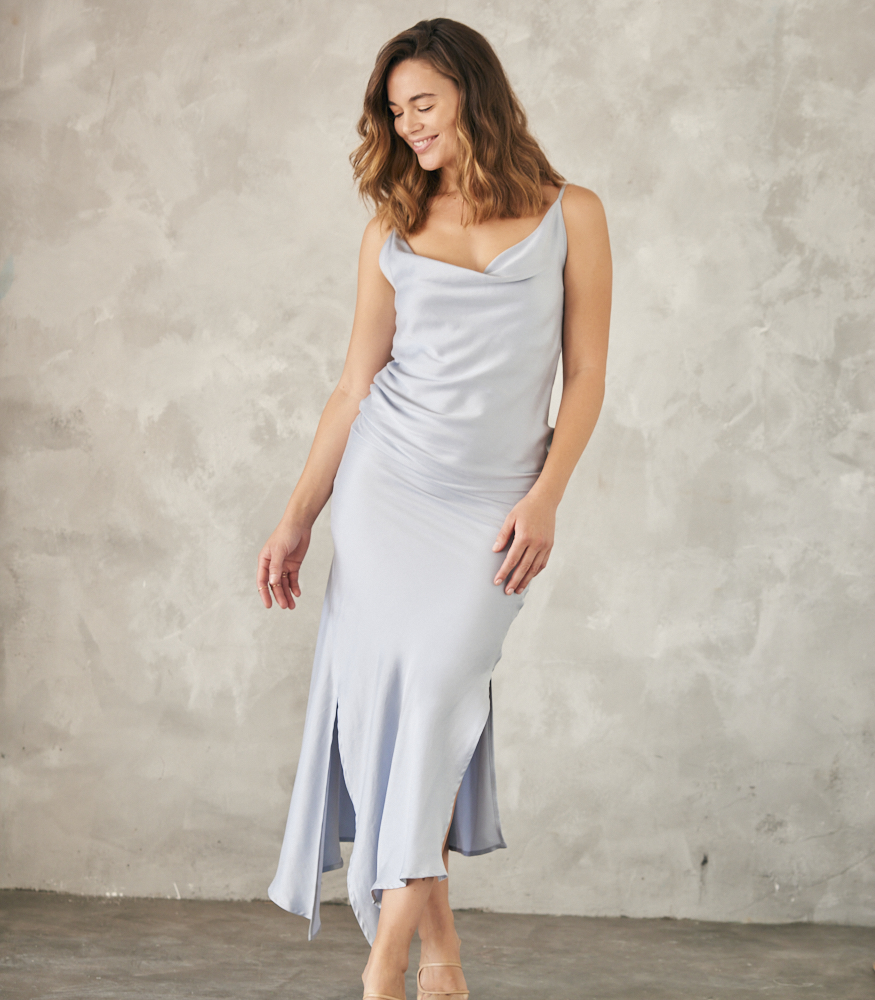
Interview About Vegan Fashion
We had the pleasure of being able to talk to Giovanna, a key member of the buying team, about all the intricate details and controversies regarding vegan fashion. Listen to our interview below to understand her opinion and job role.
A Conversation About Vegan Textiles with Giovanna Spica
Did you adopt vegan fashion early, has this fashion space and technology always interested you?
I was an early adopter, in my world anyway. One of the only things hindering me from dressing predominantly in vegan fashion was shoes. I couldn’t find heels or bags that were vegan, but that still made me excited. When I decided to commit to vegan fashion, I had to conduct lots of research to find products that were vegan.
Has your personal experience and difficulty with vegan fashion spurred you on to work within this space, and ultimately change it?
I don’t think there was a direct cause and effect, but once I started working within the vegan fashion sector I realised how this was a truly relatable problem. I realised that I had struggled with finding stylish vegan fashion my whole life and that there was a huge potential, and need, for development in this sector. There are lots of people who are vegan who want to wear things that are cool and quirky, not just the granola stuff.
How do you confront the misconceptions associated with vegan fashion with the Liv & Grace collection?
We’ve conducted a lot of market research and educated ourselves as much as possible. We have tried to find out how we can change our marketing imagery and colour palette to make vegan fashion more attractive to the ordinary consumer. We have gathered information from the whole community, vegans and non-vegans. Ultimately the input from the non-vegans is one of the most important because we want these people to understand and help make the world a better place. Its all about about inclusivity. We want to open the doors so that everyone can shop in a new way.
Vegan fashion fibres can be sustainable, and the non-usage of animals is not only ethical, but better for the planet. However, some fibres such as cotton and synthetics get a really bad reputation for their water usage or the issue of micro plastics. How would you confront this argument against vegan fibres?
It’s so funny how we tend to only concentrate on the negatives of veganism in terms of the plastic world, but yet we still buy food that comes in loads of plastic.
What do you think are the huge hurdles prohibiting the growth of vegan fashion? And how are you trying to counteract these?
Price point is obviously a big one. But there is also this idea of what is luxury. When people think of sustainable fashion, they think of plastic garments and ugly designs. One of the major hurdles is showing people that you can have a beautiful, durable, sleek, well-designed item made from leather alternatives.
There is a huge awakening related to vegan fashion amongst the younger generation. I think Covid has helped people get back to their roots and values.
Giovanna Spica
See the whole interview with Hebe Street & Giovanna about vegan fashion on our youtube channel:
There is a wave, and it’s here to stay, how soon you get on it is up to you as an individual.
Giovanna Spica about vegan fashion, Co-founder of Liv&Grace
Sometimes it can be confusing, when talking about sustainable or vegan fashion, to understand which term stands for what. That’s why we created a little dictionary, explaining the differences between all the sustainable fashion terms. We also collected a list of the most popular vegan textiles for you, in case, after watching our interview, you want to know more about vegan fashion and the potential of these fibres.
DICTIONARY
Ethical Fashion
Ethical fashion aims to reduce the negative impact on people, animals, and the planet.
Slow Fashion
Slow fashion is the opposite of fast fashion. It respects all parts of the production and supply chain, and ensuring garments are made to a high quality. It is thoughtful and conscious fashion.
Sustainable Fashion
Sustainable Fashion is fashion that is created mindfully. It is fashion that attempts to limit the environmental impact of the garment industry. It is created with sustainable materials, or by sustainable processes. Sustainable clothing brands hope to limit our human impact on the planet.
Vegan Fashion
Vegan Fashion is fashion that does not use any animal products or animal byproducts. Often, vegan fashion uses plant based textiles in replacement of animal textiles.
Vegan Textiles Glossary
Hemp
Hemp is a natural fibre taken from the stems of plants. The fabric has beneficial natural properties; it keeps you warm and cool dependent on weather, and can protect from UV rays. It is particularly durable and similar to the texture of linen, but can be blended with other fibres. Notably, hemp requires very little water.
Piñatex
Piñatex is a textiles made from waste pineapple leaf. It is natural and re-uses the waste product of pineapple harvesting. Pineapple leather is particularly durable and has a texture and appearance similar to leather. It is water-resistant and extremely versatile.
Cactus Leather
Cactus leather is made from cleaning and mashing the leaves of the cactus plant before leaving them to dry in the sunlight. New leaves from the cactus plant can be repeatedly harvested without harming the main plant itself, and thus the process is regenerable. What’s more, cactus can grow very easily, needing very little water, and demanding very little from the earth. Cactus leather is durable, strong and water resistant.
Bamboo
Bamboo is naturally antibacterial and UV protective. It is also hypoallergenic and a very soft textile. Bamboo is a tropical grass that natural regrows several ties a year and thus is an extremely sustainable textiles we can harvest
Cork
Cork fabric is made from shavings from the cork oak tree. The outer bark of the tree is regenerable, therefore the cork can be harvested without harming the actual tree. Cork fabric is lightweight and relatively elastic. It is also stain and scratch resistant, and natural water repellent making it a good fabric for handbags and shoes.
We hope you enjoyed our blogpost about vegan fashion and it made you motivated to shop more concsiously and think twice before you buy a new garment. In case you need help in transforming your personal shopping habit, or you want to become a vegan fashionista, you can book a Personal Styling with Jasmin and learn more about it.

